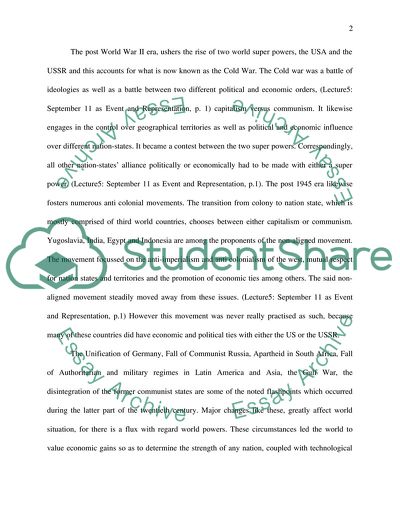Cite this document
(“How does the current 'war' against terrorism target Muslim and Arab Essay”, n.d.)
How does the current 'war' against terrorism target Muslim and Arab Essay. Retrieved from https://studentshare.org/miscellaneous/1538012-how-does-the-current-war-against-terrorism-target-muslim-and-arab-population-discuss-with-reference-to-governmental-speeches-andor-media-representations
How does the current 'war' against terrorism target Muslim and Arab Essay. Retrieved from https://studentshare.org/miscellaneous/1538012-how-does-the-current-war-against-terrorism-target-muslim-and-arab-population-discuss-with-reference-to-governmental-speeches-andor-media-representations
(How Does the Current 'war' Against Terrorism Target Muslim and Arab Essay)
How Does the Current 'war' Against Terrorism Target Muslim and Arab Essay. https://studentshare.org/miscellaneous/1538012-how-does-the-current-war-against-terrorism-target-muslim-and-arab-population-discuss-with-reference-to-governmental-speeches-andor-media-representations.
How Does the Current 'war' Against Terrorism Target Muslim and Arab Essay. https://studentshare.org/miscellaneous/1538012-how-does-the-current-war-against-terrorism-target-muslim-and-arab-population-discuss-with-reference-to-governmental-speeches-andor-media-representations.
“How Does the Current 'war' Against Terrorism Target Muslim and Arab Essay”, n.d. https://studentshare.org/miscellaneous/1538012-how-does-the-current-war-against-terrorism-target-muslim-and-arab-population-discuss-with-reference-to-governmental-speeches-andor-media-representations.


